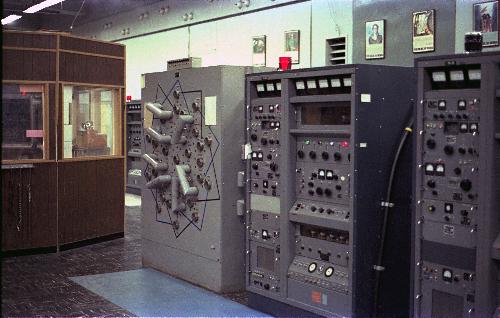lthanlon
OBS Chief
I've ridden several Amtrak trains and have always brought along a little extension cord because several of my AC converters are oddly shaped "wall warts" with housings that prevent the tines from making contact with the outlet in the roomette. It's always a little awkward to haul along a standard household extension cord, though. Has anybody come across a travel-sized version?
























































